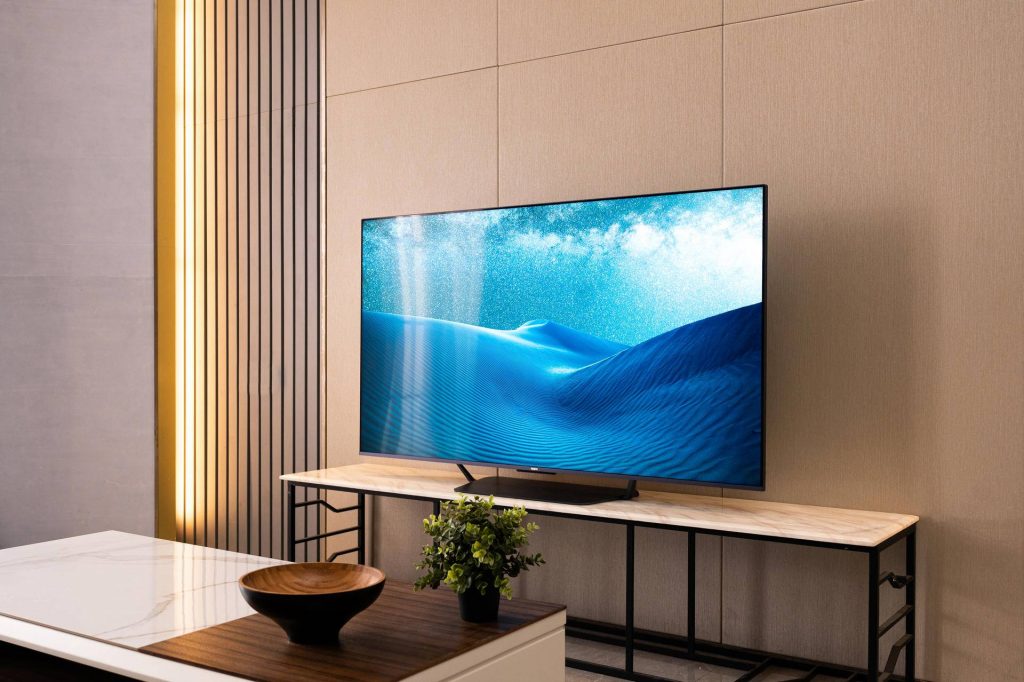
In recent years, smart TVs have revolutionized the way we experience home entertainment. Combining the capabilities of a television set with the power of the internet, smart TVs have become the central hub for accessing a vast array of digital content. This article explores the evolution of smart TVs and their impact on the way we consume media.
Smart TVs, also known as connected TVs, have come a long way since their introduction. Initially, they offered basic internet connectivity, allowing users to browse the web and access a limited number of online services. However, with advancements in technology and increasing consumer demand, smart TVs have transformed into powerful multimedia devices.
One of the key features of smart TVs is their ability to stream content from popular video-on-demand platforms like Netflix, Hulu, and Amazon Prime Video. With just a few clicks on the remote, users can access a vast library of movies, TV shows, documentaries, and more, directly from their living rooms. This convenience has fundamentally changed the way we consume media, providing an extensive range of entertainment options at our fingertips.
Beyond streaming services, smart TVs have also expanded their capabilities to include interactive features. Many models now offer voice control, allowing users to navigate menus, search for content, and even control other smart home devices using voice commands. This hands-free experience enhances convenience and accessibility, making it easier than ever to find and enjoy our favorite shows and movies.
Furthermore, smart TVs have embraced the concept of the Internet of Things (IoT), enabling seamless integration with other smart devices in the home. Through built-in connectivity options such as Wi-Fi and Bluetooth, smart TVs can interact with smartphones, tablets, and smart speakers, creating a connected ecosystem within the home. This integration allows for enhanced control, such as casting media from mobile devices to the TV screen or using the TV as a display for video calls.
Additionally, smart TVs have become a platform for gaming. With the rise of cloud gaming services, users can stream and play high-quality games directly on their TV screens, eliminating the need for dedicated gaming consoles. This convergence of entertainment and gaming provides a new level of immersive and engaging experiences, expanding the possibilities of home entertainment.
However, as smart TVs become more advanced, it’s important to consider privacy and security concerns. With increased connectivity, there is a need for robust security measures to protect user data and prevent unauthorized access. It’s crucial for manufacturers to prioritize data encryption, regular firmware updates, and user-friendly privacy settings to ensure a safe and secure smart TV experience.
In conclusion, smart TVs have transformed home entertainment, bringing together traditional television broadcasting, streaming services, interactive features, IoT integration, and gaming into a single device. They have revolutionized the way we access and consume media, providing an extensive range of content options and seamless connectivity within our homes. As technology continues to evolve, smart TVs will likely become even more advanced, further enhancing our entertainment experiences and shaping the future of home media consumption.
